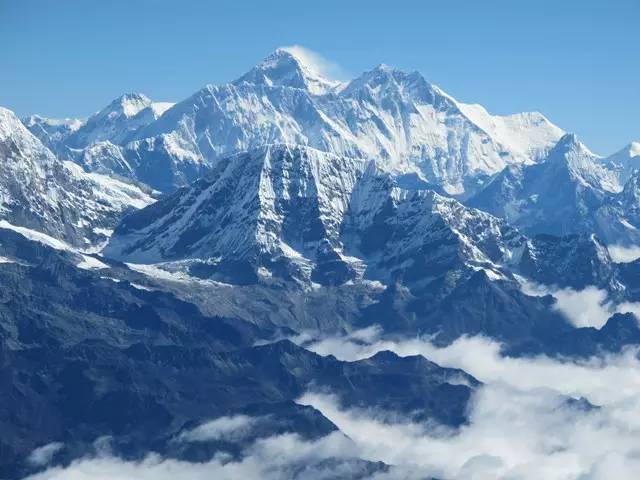It was while puzzling over these matters that Hutton had a series of exceptional insights. From looking at his own farmland, he could see that soil was created by the erosion of rocks and that particles of this soil were continually washed away and carried off by streams and rivers and redeposited elsewhere. He realized that if such a process were carried to its natural conclusion then Earth would eventually be worn quite smooth. Yet everywhere around him there were hills. Clearly there had to be some additional process, some form of renewal and uplift, that created new hills and mountains to keep the cycle going.
就是在考虑这些问题的过程中,赫顿提出了一系列不同凡响的见解。他朝自己的农田一看,只见岩石经过腐蚀变成了土壤,土壤粒子被溪水和河水冲刷,带到别处沉积下来。他意识到,要是这个过程持续到地球的自然灭亡之时,那么地球最终会被磨得非常光滑。然而,他身边到处是丘陵。显而易见,肯定还有某种别的过程,某种形式的更新和隆起,创造了新的丘陵和新的大山,不停地如此循环。

The marine fossils on mountaintops, he decided, had not been deposited during floods, but had risen along with the mountains themselves. He also deduced that it was heat within the Earth that created new rocks and continents and thrust up mountain chains. It is not too much to say that geologists wouldn't grasp the full implications of this thought for two hundred years, when finally they adopted plate tectonics. Above all, what Hutton's theories suggested was that Earth processes required huge amounts of time, far more than anyone had ever dreamed. There were enough insights here to transform utterly our understanding of the Earth.
他认为,山顶上的海洋生物化石不是发洪水期间沉积的,而是跟大山本身一起隆起来的。他还推测,是地球内部的地热创造了新的岩石和大陆,顶起了新的山脉。说得客气一点,地质学家不愿意理解这种见解的全部含义,直到200年之后。这时候,他们终于采纳了板块构造论。赫顿的理论尤其提出,形成地球的过程需要很长时间,比任何人想像的还要长得多。这里面有好多深刻的见解,足以彻底改变我们对这颗行星的认识。












